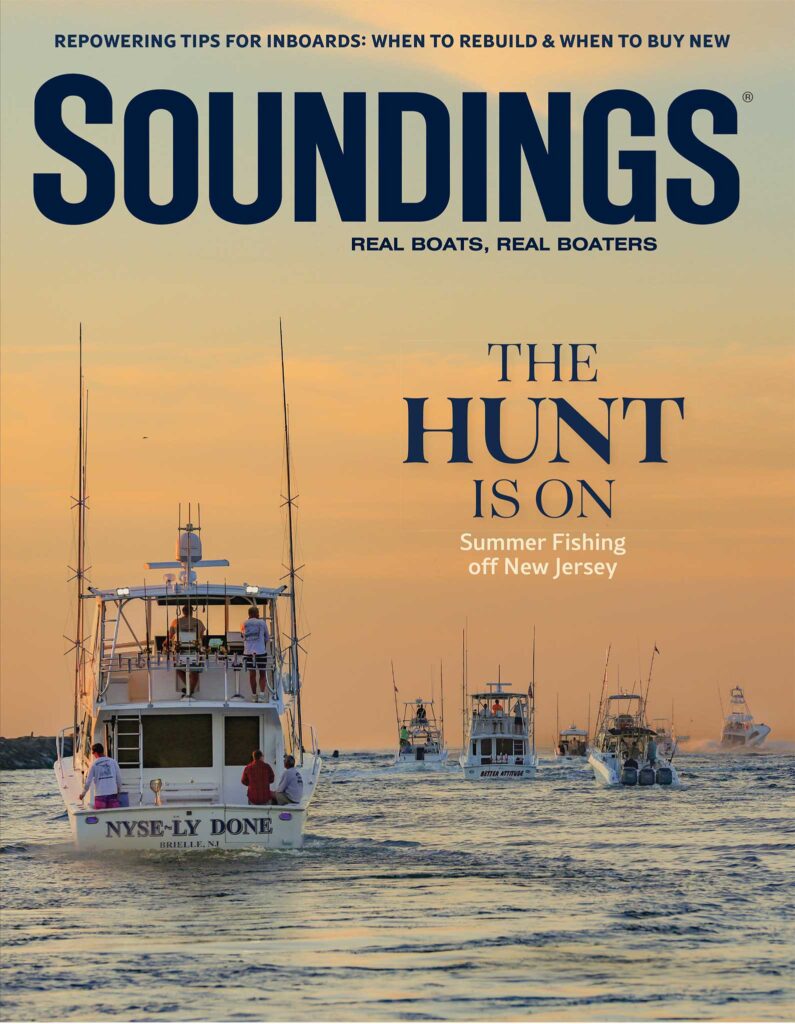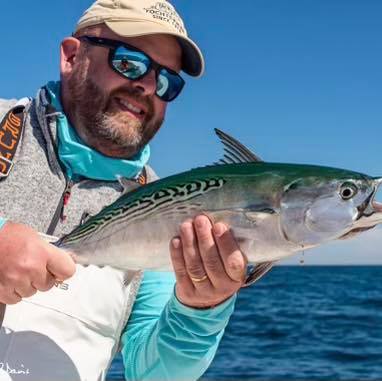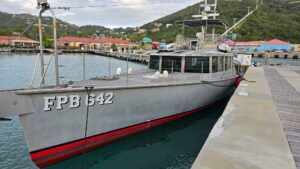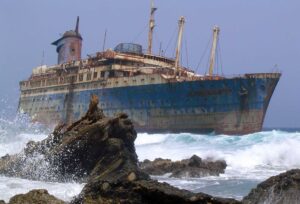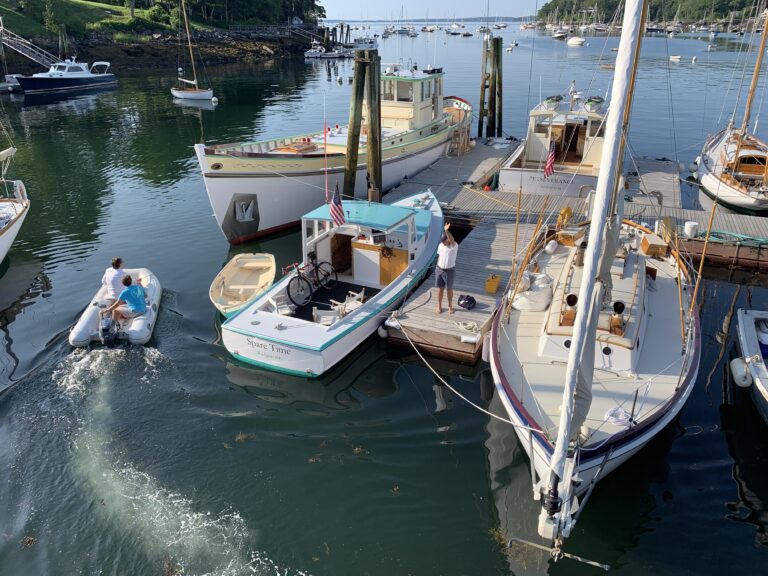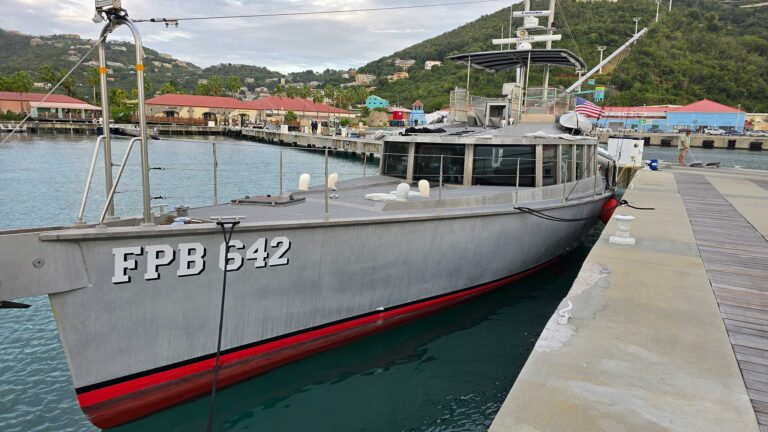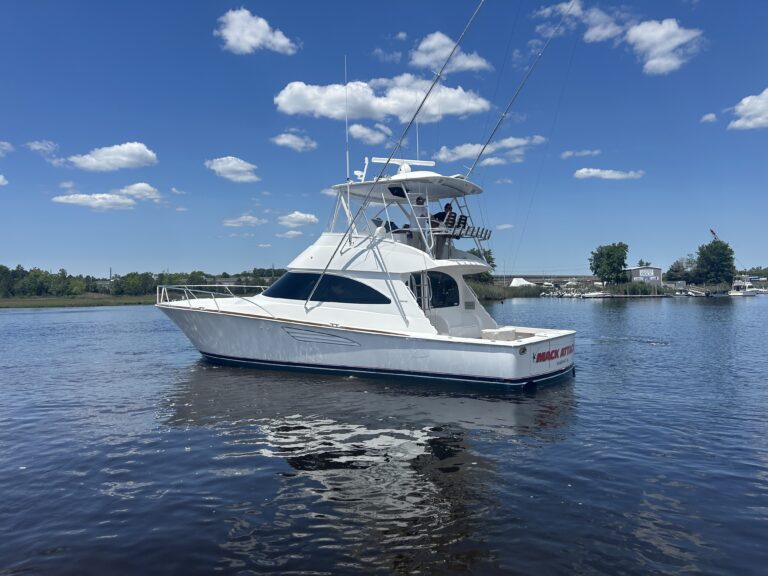Situated about 40 miles north-northwest of Seattle, Washington, and sandwiched between Port Townsend and Discovery bays, is the Quimper Peninsula, an area that’s home to one of the most diverse traditional boatbuilding communities in the Pacific Northwest.
Scattered around an area that’s surrounded by mountains and forests are a handful of marine businesses that keep the boatbuilding gears well-greased. There are outfits such as timber supplier Edensaw Woods, the marine metal casting specialists at Port Townsend Foundry and various boat shops and boatyards, including Port Townsend Shipwrights Co-op, Haven Boatworks LLC and Cape George Marine Works, to name only a few.

Also nearby, in Port Hadlock, is one of the most respected boatbuilding and marine systems schools in the United States: the Northwest School of Wooden Boatbuilding (NWSWB). Located on a sprawling seven-acre campus on the shores of South Port Townsend Bay, the accredited career and vocational school has been teaching students the fine arts of traditional and contemporary boatbuilding for nearly 30 years. It’s one of only a few trade schools in the country still providing instruction for these skills.
Puget Sound shipwright Bob Prothero, educator Libby Palmer and artist/designer Henry Yeaton founded the school in 1981 out of a concern that traditional wooden boatbuilding skills were in danger of vanishing, as fiberglass and metal boats steadily replaced wooden ones. Today, the fully accredited school has a staff of around 12 people and provides a unique learning experience where about 40 students each year trade backpacks for tool aprons, and pens and pencils for chisels and planers. At the end of the training are degrees or diplomas that lead to a variety of jobs for the newly graduated craftsmen, both in and out of the marine world.
Sean Koomen, the school’s chief instructor, is a 2004 NWSWB graduate and has been in his role since 2011. “The school offers 12-month accredited associate programs in either contemporary or traditional boatbuilding, as well as a six-month marine systems diploma,” he says. “The student body ranges from people with very little experience to folks who have some sort of boating- or marine-related experience under their belt.”

On campus, overlooking South Port Townsend Bay, are a variety of buildings housing boatshops, a metal shop and a soon-to-be-completed marine systems building. Inside the structures are classrooms, boatbuilding bays, lumber-milling operations, a library, administration facilities and more. “We can build pretty much anything here,” says Koomen.
The school’s curriculum keeps students busy with a variety of boatbuilding and marine systems projects. “Over the past year we’ve built a 25-foot, zero-emission pump-out boat, a 28-foot Herreshoff Rozinante and a 28-foot H.C. Hanson Forest Service Boat,” Koomen says. “There are many smaller builds each year that include popular Pacific Northwest designs such as Grandy sailboats, Poulsbo skiffs and prams, and other rowing craft.”
Koomen is quick to interject that the programs at the school do not solely revolve around hyper-specific boatbuilding skills such as planking, woodworking and paint systems. “One of the most important lessons we teach here is problem-solving,” he says. “Boats are a great medium for that because we can show students how to take two-dimensional ideas and drawings and turn them into functional, three-dimensional objects. Along the way, the students learn essential skills they’ll need down the road.”
Tim Lee, an owner/partner at the Port Townsend Shipwrights Co-Op and a 1990 graduate of NWSWB, says those skills make graduates from the school generally easy hires for the company’s boatbuilding and repair yard. “If you come to a boatyard with no experience, you’re going to be sanding and painting bottoms, cleaning out bilges and doing pretty remedial stuff for at least a year or two,” he explains. “Folks who come out of the [NWSWB] program are handier than somebody who has some carpentry experience, because boats are different. They [the graduates] speak the same language. They know the parts. They know how to bend wood. They know how to cut rolling bevels. They’re familiar with most of the tools that we use.”

Chris Mullen, a 35-year-old Cape Cod native and recent graduate of the traditional boatbuilding program says that his experiences at the school this year allowed him to land work just before graduation. “I got a job offer at Haven Boatworks right as I was leaving,” he says. “I went over and spoke to them and got the job right out of the gate. Today was my first day.” Mullen chose the traditional boatbuilding program and has plans to return to NWSWB in spring to complete the six-month marine systems program.
Mullen, who sailed and was around various boats growing up, learned of the school when he was working on an oyster farm in Tomales Bay, California. “That’s where I heard about it. We had somebody who had gone through the program, who built a boat for the oyster farm and also ran a boat shop in Seattle. That’s how I got turned on to the boatbuilding trade.”
Asked about the challenges of the 12-month program, Mullen said the time commitment is a big hurdle, and that keeping finances on an even keel can be challenging. “It’s a big commitment, and it’s full-time. It’s 40 hours a week Monday through Friday,” Mullen explains. “Taking that time out of your life and not making a living is hard. It’s a big leap for a lot of people, and it was for me. Some people work part- or full-time jobs while doing the program, but it’s awfully hard to balance that workload.”
Carolyn Corbin, a 27-year-old Baltimore, Maryland, native, knows a lot about those challenges. Already armed with a fine arts degree from Swarthmore College in Swarthmore, Pennsylvania, and having sailed on tall ships for a few years, Corbin entered the traditional boatbuilding program last year and recently graduated. “Port Townsend is a really interesting town, but it’s a tough town to rent in if you’re younger and don’t have any money put away,” she says. “So, for me, I felt frustrated that I couldn’t take more advantage of the local waterfront community because I was working a restaurant job in the evenings to keep my bank account comfortable.”

Still, Corbin has no second thoughts about her time at the school. “I am really glad that I came out here. I would never have found these fishing boats that I’ve fallen in love with, but also, it’s a really interesting like-minded community of younger people who are getting this professional training out here,” she explains. “And the thing I really appreciate about the boat school is there are no prerequisites. So, you can come in with zero boat experience, not even know front from the back, not know any of the terminology, and you can work hard and succeed at this program. I was amazed by that.”
Corbin was on her way back home to Maryland when she spoke to Soundings and says she will start hunting for a job almost immediately. “I would love to get into yacht restoration, maybe find older boats and restore them in time-period keeping. I also liked the little design segment we did. The more immediate future might be kind of a toss-up. Maybe some timber framing, just because there are jobs in that.”
Other graduates from NWSWB end up working in a variety of fields upon graduation, and they are not limited to boatbuilding or marine systems work. The skills students learn in the program are translatable to any number of disciplines, including modern fiberglass boatbuilding, cabinet making, fine carpentry, home construction or other trades. “Some folks go straight into the boatbuilding trades, but others end up taking different career paths,” Koomen says. “Once you have those problem-solving and hand skills I talked about, you can pretty much take them anywhere you want to, which is the real value in our program.”
Asked what he enjoyed most about the program, Mullen says the candor and dedication of the instructors were keys to his success. “The people I went to school with were hardest on themselves, and it’s really easy to put yourself down and say you can’t do it,” he says. “But to have a little nudge from an instructor here and there, and saying, ‘Hey, good job,’ or ‘Hey, that was really nice work; you should keep doing this.’ To have that kind of environment is nurturing, so I think it opens that gate for a lot of people.”
Corbin echoes Mullen’s thoughts. “We saw a lot of photos of different instructors’ past projects,” she says. We got exposed to a lot visually, which was I think one of the stronger points in the program. The instructors truly have an incredible amount of varied experience from coast to coast in different materials and different techniques of building. And as a student, you just get exposed to it all. That’s very cool.”
The school is about to ramp up for another school year filled with eager students, having successfully navigated the Covid-19 pandemic after a brief shutdown earlier in the year. “We’re excited to get going in the new year with a fresh batch of students,” Koomen says, “and we’re always really excited to see what they end up doing outside the school. It’s a very satisfying thing to watch people grow and craft lives that are satisfying and fulfilling. That’s why we do what we do.”

